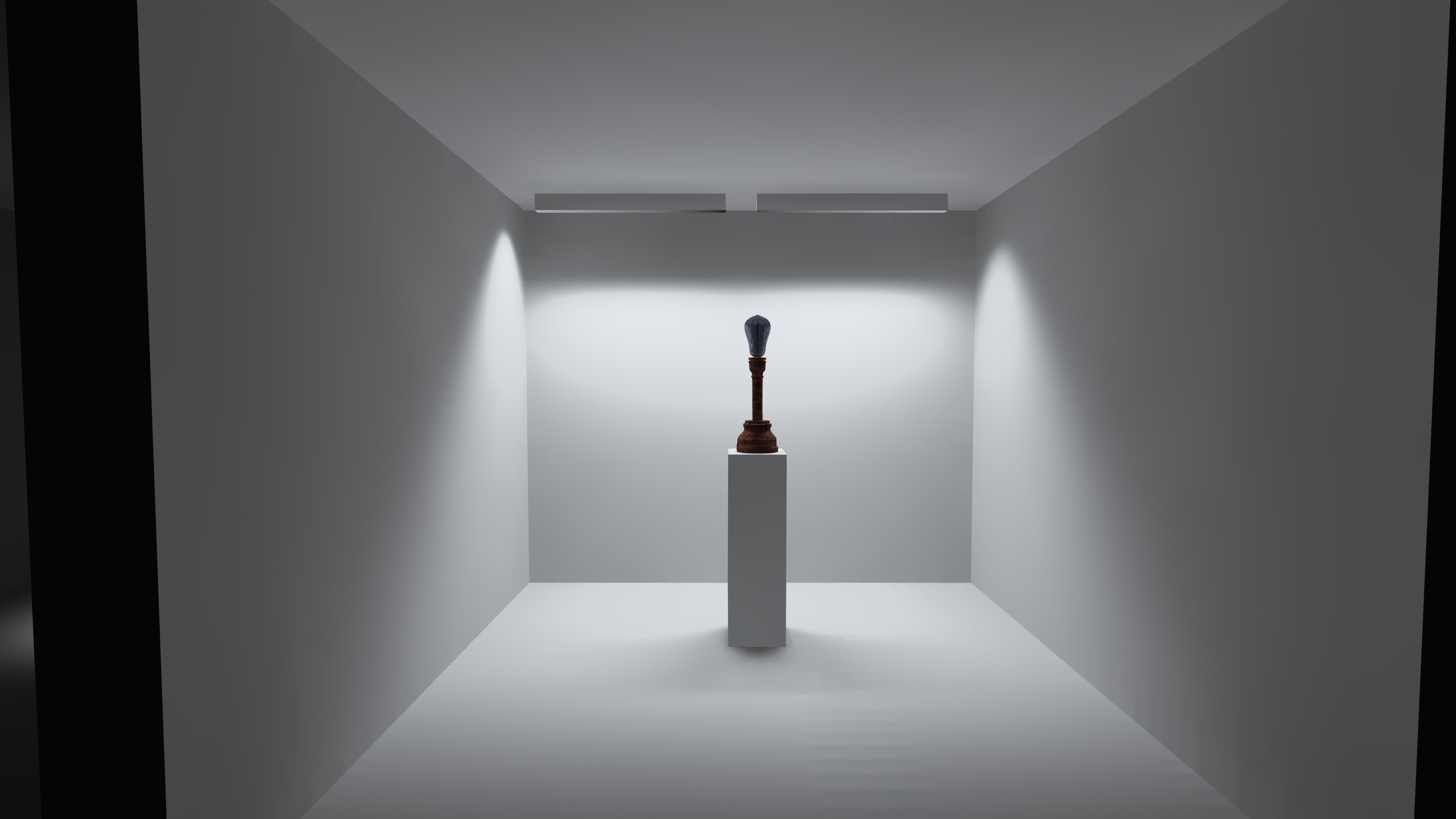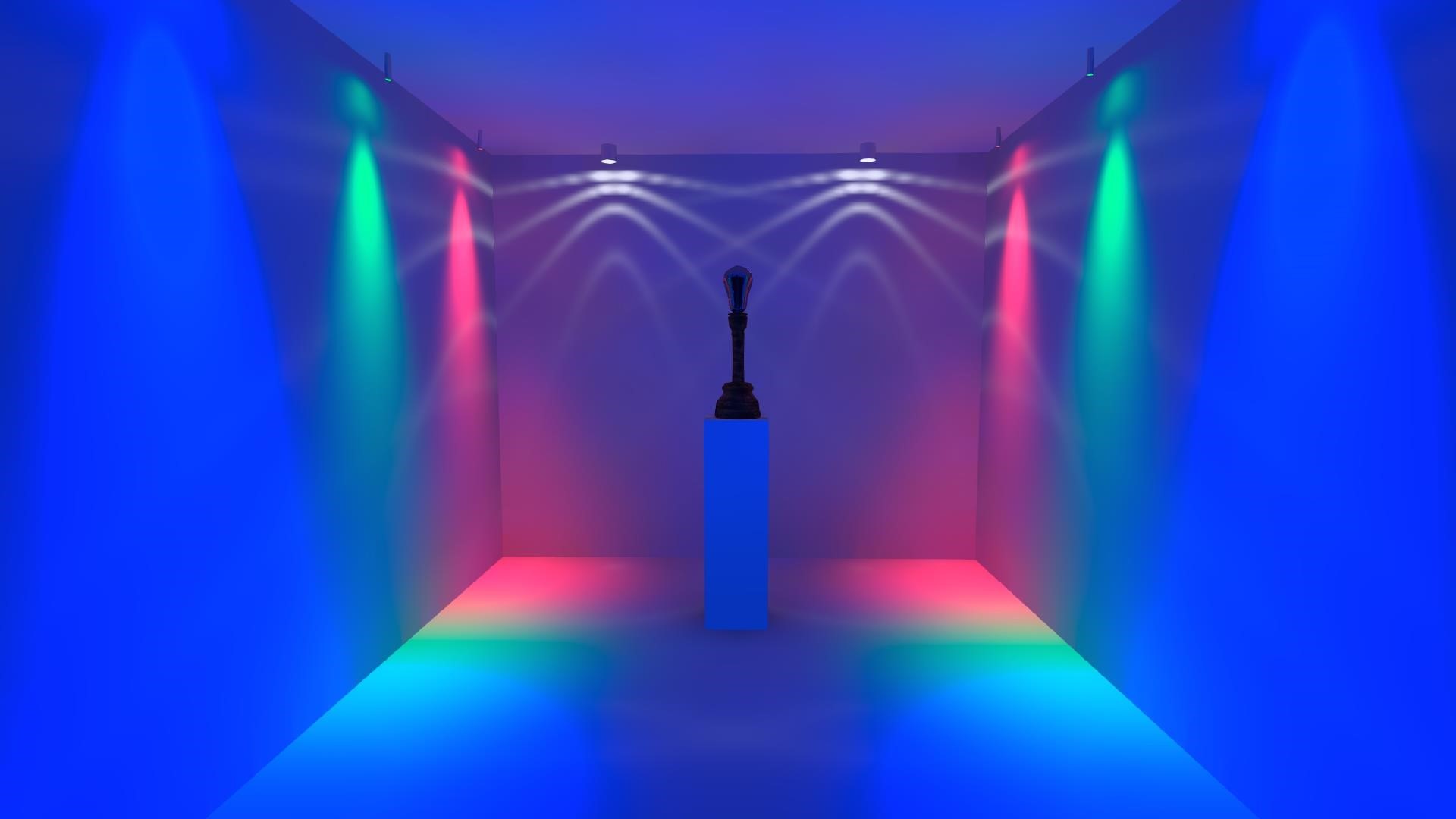Richard Kelly
One of the thought leaders of present day architectural lighting design was born over a century ago, yet his work remains relevant and practiced to this day. Richard Kelly was born in America in 1910 and in the early 1950s penned three lighting expressions that continue to help connect the psychology of lighting to design in an understandable model.
These principles were simple enough to execute to be replicated by other designers enabling them to control the focus and mood of a space, building or environment with the use of different qualities of light. The principles tied together two separate ideologies; perception psychology and theatrical lighting that he configured into three lighting functions namely: ambient luminescence, focal glow and play of brilliants.
Kelly was behind the illumination of some of the most iconic buildings of our time utilizing his principles of lighting. These principles were first introduced in a college paper essay that he wrote titled “Light as an Integral Part of Architecture” in 1952. Each of these functions were created with the perceiving observer in mind and together challenged and shifted the highly engineering-focused design mindset of the time to a more architectural one. He altered the way lighting designers prioritized qualities of light over both quantity and uniform illuminance. While his ideas seemed to be radical at the time, he later in his career lectured at Yale, Harvard and Princeton University where his functions were taught.
The first of the three layers of Kelly’s lighting design principles is called ambient luminescence, and it essentially forms the foundation for his lighting functions. Ambient luminescence ensures that there’s a comfortable atmosphere in the space and that everything is visible. This is the general lighting that ensures objects are visible, but is done so in a muted way to not produce shadows or to enhance any details. It is uniform in its positioning and appears to be quantitative lighting, but it is only the first step in completing the desired look.
Kelly described this first layer of light as “...the uninterrupted light of a snowy morning in the open country. It is fog light at sea in a small boat, it is twilight haze on a wide river where shore and water and sky are indistinguishable. It is in any art gallery with strip-lighted walls, translucent ceiling, and white floor. Ambient light produces shadowless illumination. It minimizes form and bulk.” Once the appropriate base illuminance has been established to allow the space to be seen with ease, a balanced canvas is set for the next two functions to be layered on top that will separate and highlight various elements in the space.

Building on the established foundation of ambient luminescence the next principle of light Kelly introduced was focal glow. Where the foundation was set to keep everything equally illuminated with the first function, focal glow’s primary task is to emphasize and differentiate. Focal glow is highly intentional in that it directs the attention of the observer and by doing so, it can tell the story the designer intends to convey.

Using directional lighting in a space at different intensities and levels guides the eye to flow from the most important parts of the environment to the least, by attracting attention with the brighter luminance first. By understanding perception psychology where the eye is naturally drawn to brightness, one can select spaces or items that they want the focus to be on and control how an environment is visually digested. A story can be told without being overwhelming or lost in the noise. Accent lighting highlights what one would like attention to be drawn to and lower lighting levels can be applied to less important areas. If used correctly, it establishes a flow for the viewer from the most to the least significant that is universally understood.
The final principle Kelly coined was play of brilliants. In his own words he said “Play of brilliants excites the optic nerves, and in turn stimulates the body and spirit, quickens the appetite, awakens curiosity, sharpens the wit..”. This effect was created with strategically placed candlelight and chandeliers, but today it can be achieved in a multitude of ways with modern lighting design.

The addition of an element into an environment that dazzles the observer and grabs their attention also adds to the story being told. Refraction and reflection from point light sources, for example, prioritize elements without them needing to be grand or obtrusive. Play of brilliants is the final touch that elevates a space and contributes to the overall interest. The pop of brilliance is meant to be visually exciting and, as he wrote in his essay, made to “stimulate the spirit”.
Richard Kelly illuminated some of the twentieth century’s most notable buildings and landmarks in America and partnered with well-known names in architecture like Richard Neutra, Mies van der Rohe, Louis Kahn, Eero Saarinen and Philip Johnson. He added talkability and excitement around already highly esteemed buildings by making them stand out at night. Notably the Dulles and JFK airports, Seagram Building, Lincoln Center, Johnson's Glass House, the Yale Center for British Art, and the Kimbell Art Museum all form part of his project portfolio.
Kelly’s three functions broke away from the idea of using uniform illuminance as the central concept for lighting design. With his experience in stage lighting it is easy to understand how Kelly’s principles were born keeping the audience’s attention on specific moments in the same space while a story was unfolding. This all required an understanding of how attention moves and how it can be obtained with the observer playing an active role in its perception.
Kelly changed the vocabulary and the dominant mindset around luminance and architecture with a more human-centric approach that took into consideration the cultural and psychological effects that light had on people. He truly viewed lighting design as both an art and a science, which he managed to translate to the industry the world over.


